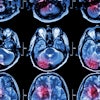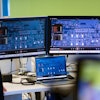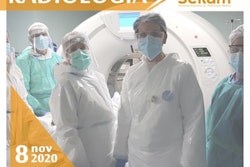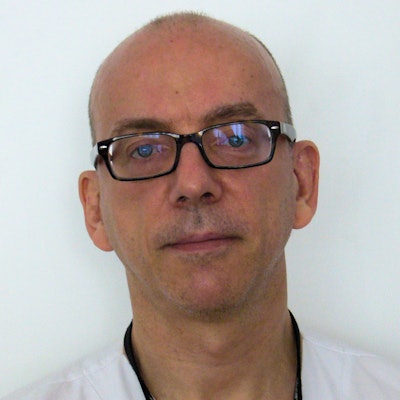
The radiologist as an "information manager" will coexist with the radiologist as a "carer of the patient" during the era of artificial intelligence (AI). That's the prediction of Dr. Pablo Valdés Solís, president of the Spanish Society of Medical Radiology (SERAM), who is concerned about possible turf wars and continued economic problems.
Valdés, who is head of the department of radiology at Hospital Costa del Sol in Marbella, made some predictions about the future of medical imaging in a recent interview with the British Institute of Radiology (BIR).
BIR: What do you think will be the single most positive development in the world of imaging in the next 10 years?
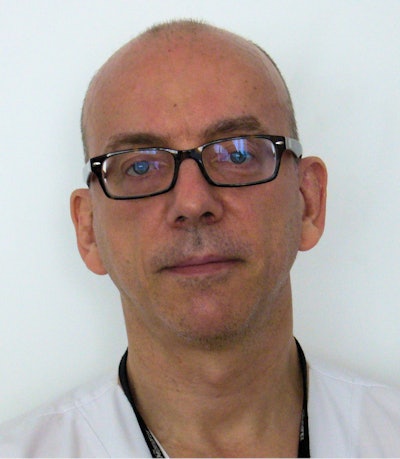 SERAM President Dr. Pablo Valdés Solís.
SERAM President Dr. Pablo Valdés Solís.Valdés: Seeing the rapidity of advances in computing, the emergence of quantum computers, 5G networks, etc., and how these advances are being applied directly to imaging techniques, it is difficult to predict what might happen within the next 10 years because it is likely that all predictions will fall short and evolution will be faster than we think.
Probably, the acquisition of images will not suffer revolutionary changes, and they will continue to use basically the same sources of energy and the same contrasts. With the new technologies, machines will make acquisitions much more effective, and the radiation doses will be lower in CT and x-ray. MRI equipment will work at a much higher speed and will allow the creation of so-called synthetic images, thanks to the new optimized sequences and the way that the new technologies process the data.
However, we can expect a radical improvement in the handling of information, so that the amount of information handled will grow exponentially.
Radiomics and AI tools will become common in our profession. Radiology will change significantly in the coming years. Although the changes will not be homogeneous, there will be times when the image will be an information management center, with personalized diagnoses and precision. The radiologist as "information manager" will coexist with the radiologist as "carer of the patient" in a highly attractive specialty that will be at the center of diagnosis of disease. Of course, this is if we manage to adapt as professionals and lead these changes.
What is the biggest obstacle to progress in imaging around the world and in your country, in particular?
There are two different issues here: on the one hand, the obstacles to the progress of radiology as a profession; on the other, the obstacles to the development of the image.
In the first case, the development of the profession has a series of external and internal obstacles. The image is becoming more attractive, and almost all specialties are developing their knowledge of imaging techniques. Cardiac imaging is a very characteristic example but not the only one. If we do not achieve a powerful development as a profession, these "turf wars" can be one of the great obstacles for radiology.
Regarding the development of imaging techniques, it is probably the economic crisis and the increase in healthcare costs that will make it more difficult for imaging to evolve as it should. In Spain, we still feel the effects of the economic crisis that began in 2008 and that has caused technology in many centers to be obsolete, since there has not been a policy on equipment renewal. But the great improvement in imaging techniques that comes can also become a threat or an obstacle. The costs of care processes can be increased by requiring a more precise and personalized diagnosis each time. We may be the victims of our own success, and that is why it is essential to define global strategies in the rational implementation of new imaging techniques in the health system.
What do imaging professionals need to do to best prepare themselves for success?
Radiologists have always been professionals with a great ability to adapt to new technologies. Now we are immersed, probably, in a revolution in which disruptive technologies will be implanted. In this context, we will need to understand the new technologies, and for that, there is no better way to understand them than to lead them.
Radiologists have to learn not only the manifestations of the pathologies in the new techniques but also to be able to speak as equals with the engineers who program the machines. And, simultaneously, we must develop the concept of patient care and the clinical radiologist. Only if we get both (new skills and patient care) will we be leaders.
Editor's note: This interview first appeared in the "Global Future of Imaging," a 24-page report published on 6 November 2019 by the BIR World Partner Network. You can download the report from the BIR website.


